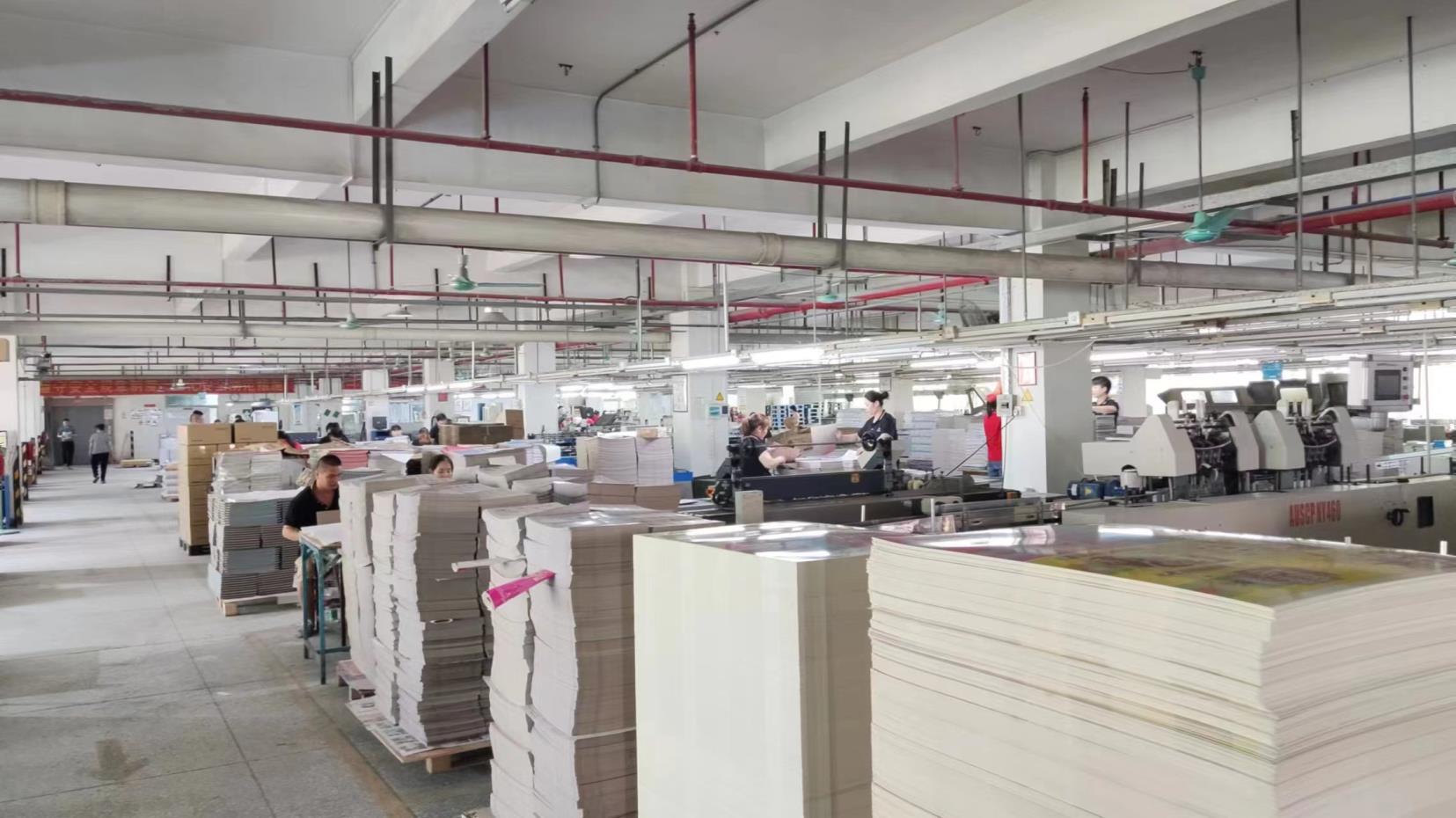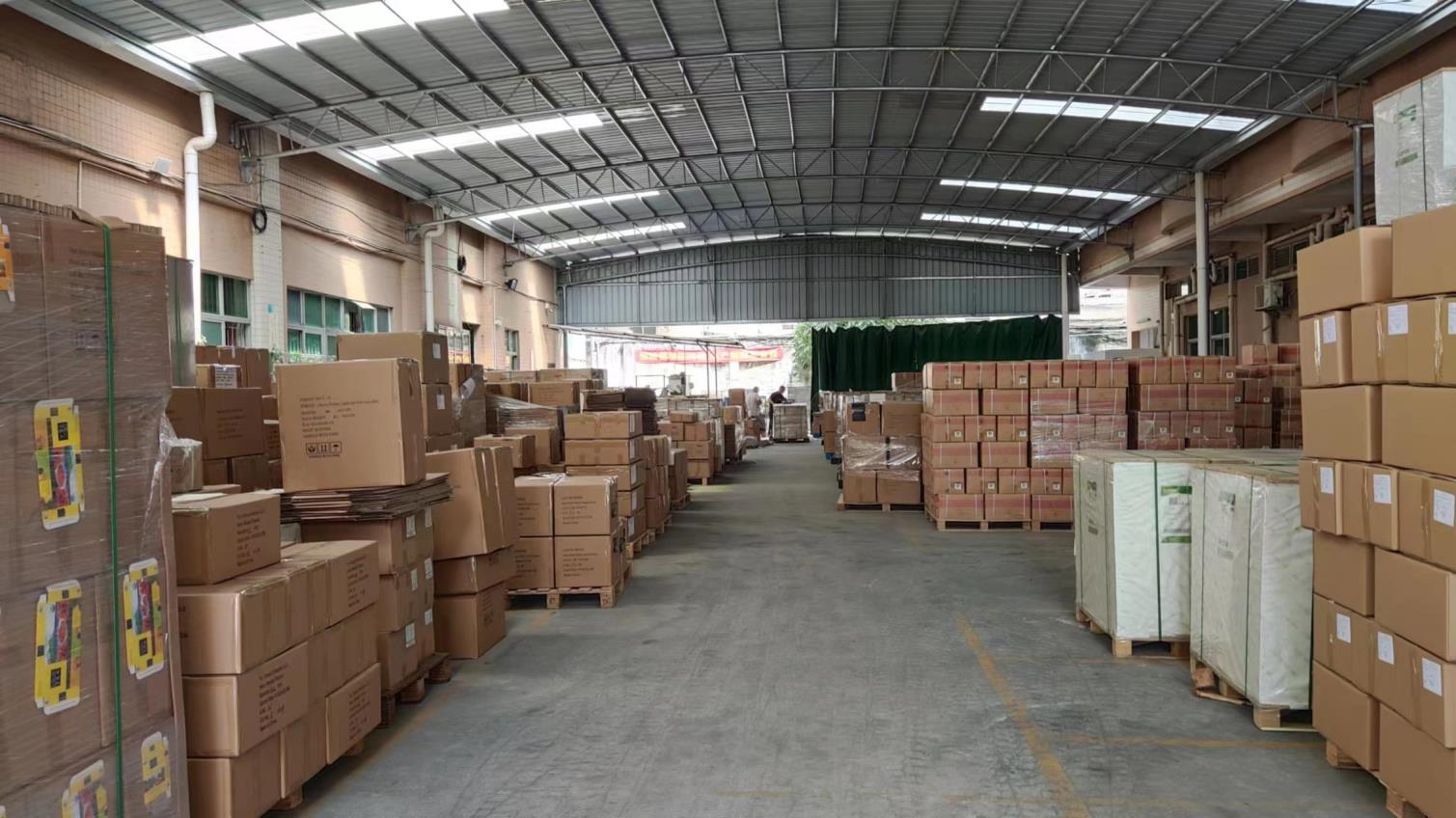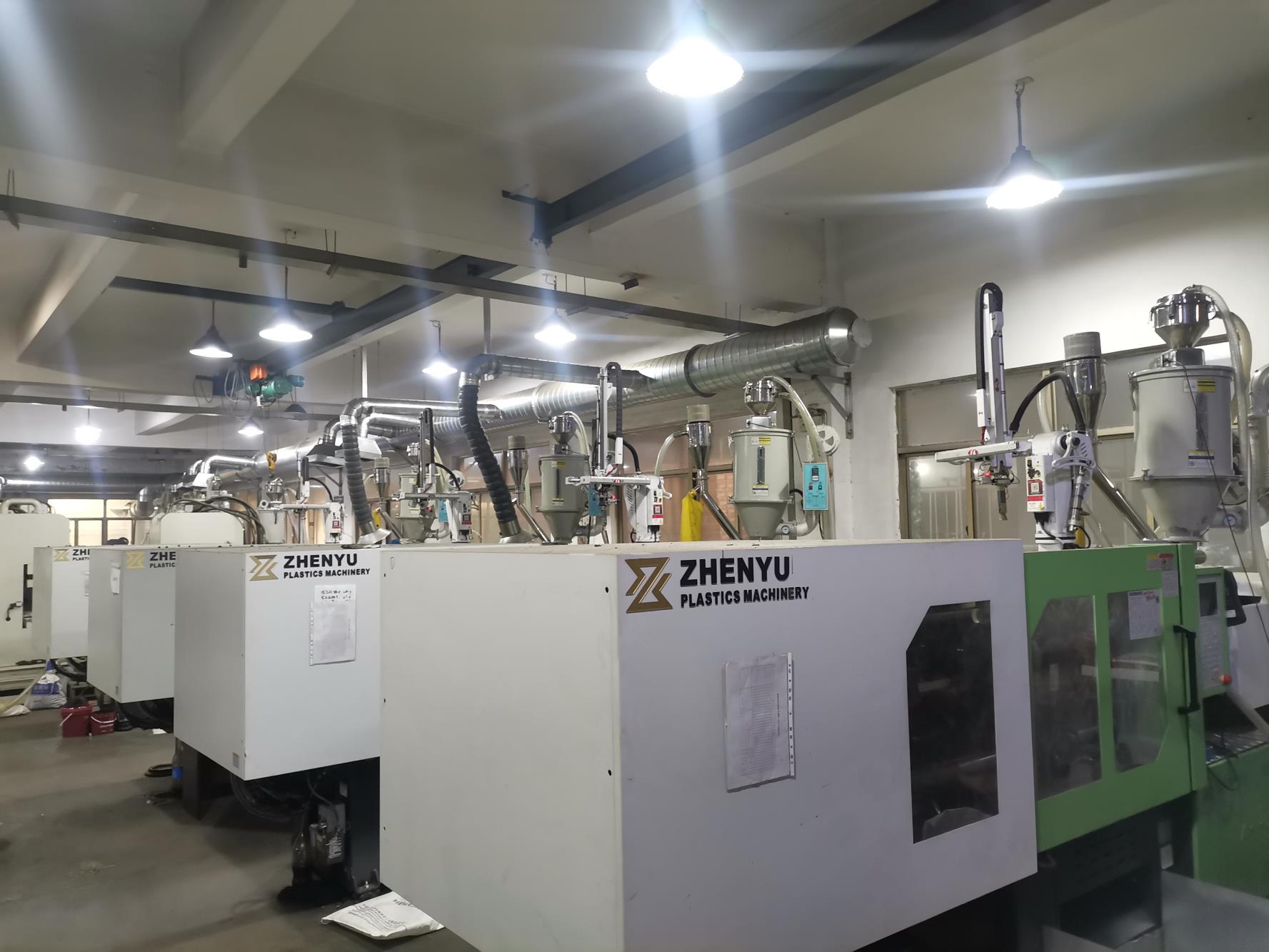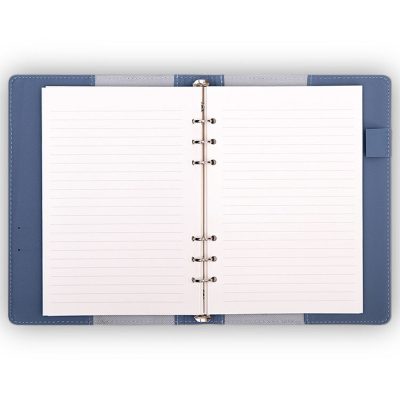
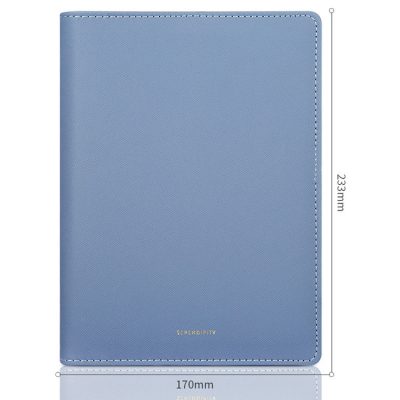
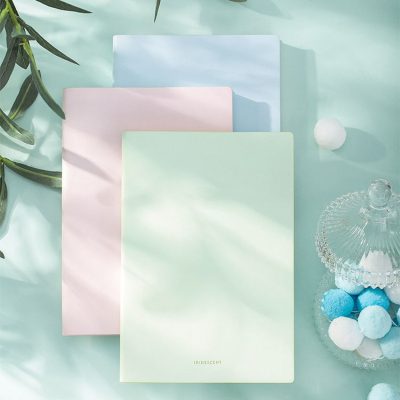
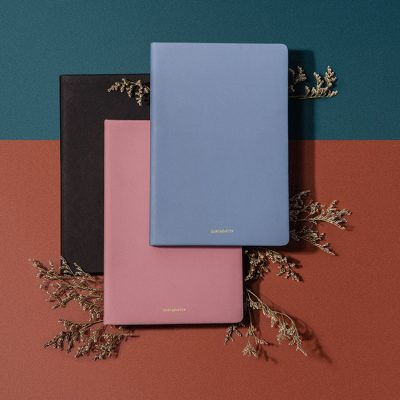
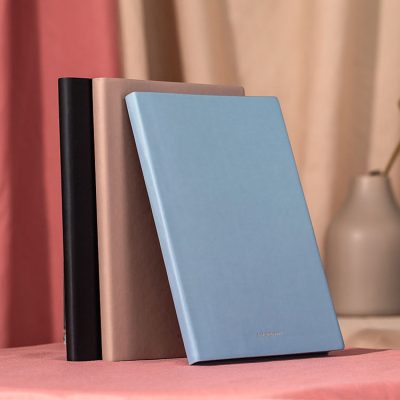
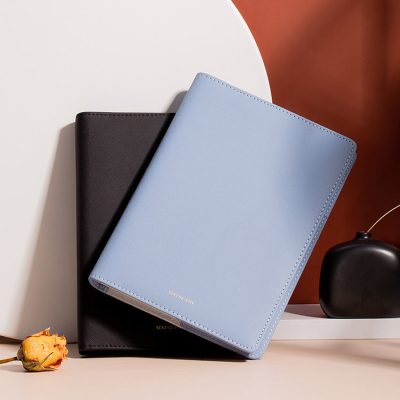
| Product Name | Sketchbooks |
| Sheet ( page ) | 100 sheets/ 200pages |
| Size | 14.5×21.5×1.8cm |
| Cover | PU leather cover + 2.0mm thickness cardboard, Embossing Patterns with satin ribbon bookmark |
| Binding | Case binding, sewing pages |
| Inner | 100 sheets (200pages) of 80g white paper with 1C/1C printing |
| Inside Paper GSM | 80gsm premium smooth-finish woodfree paper takes pen or pencil beautifully |
| Usage | School / Office / Gift / etc. |
| Packing | 1pc/opp bag, 40pcs/ctn or according to customer’s demand.
Carton dimensions 43*31*22cm, 16kgs/ctn. |
| Logo | Emboss/Debossed, Hot Stamping , Color printing, Silk Creen, silicone sticker…. |
| Accessories: | Ribbon, Elastic band, back pocket, paper band, Insert card…. |
| Cover Material | Paper / Paperboard / PU / PVC / Fabric Etc. |
Sketchbooks are specialized notebooks designed specifically for artists, designers, and anyone engaged in visual arts. They serve as a dedicated space for sketching, drawing, and experimenting with various artistic techniques. Sketchbooks provide artists with a portable and organized platform to document their creative journey, develop ideas, and refine their skills.
The primary purpose of a sketchbook is to serve as a repository for rough sketches and preliminary drawings. Artists often use sketchbooks to quickly capture their observations, impressions, and visual concepts. They can sketch scenes from nature, objects, figures, or abstract ideas, allowing them to explore different compositions and experiment with different media and styles.
Sketchbooks come in various sizes, from pocket-sized options to larger formats, offering artists the flexibility to choose a size that suits their needs and preferences. The paper used in sketchbooks can vary as well, with options such as plain, textured, or heavyweight paper to accommodate different drawing mediums such as pencil, pen, charcoal, or ink.
One of the key advantages of using a sketchbook is the ability to keep all artistic endeavors organized and in one place. Artists can easily refer back to their previous sketches, track progress, and develop ideas over time. The sequential nature of a sketchbook allows for a visual narrative of an artist’s creative process and growth.
Sketchbooks also encourage experimentation and risk-taking. Since they are meant for rough sketches and exploration, artists feel more inclined to try new techniques, make mistakes, and push the boundaries of their creativity. The relaxed and informal nature of a sketchbook liberates artists from the pressure of creating finished, polished artwork and allows for a more spontaneous and free-flowing creative expression.
Moreover, sketchbooks serve as a valuable resource for inspiration and reference. Artists can revisit their sketchbooks to gather ideas, study different approaches, or even revisit unfinished sketches to further develop them into more refined artworks. Additionally, sketchbooks can become a personal visual diary, reflecting an artist’s thoughts, emotions, and experiences throughout their artistic journey.
With the advent of digital technology, digital sketchbooks and drawing tablets have become popular alternatives. These digital tools offer artists the convenience of saving, editing, and sharing their work digitally. However, traditional sketchbooks still hold a special place in the hearts of many artists who appreciate the tactile experience and the intimate connection between hand and paper.
In conclusion, sketchbooks are essential tools for artists, providing them with a dedicated space to explore ideas, experiment with techniques, and document their creative process. They offer artists a sense of organization, creative freedom, and a personal connection with their work, making them an indispensable companion for artists of all levels.
